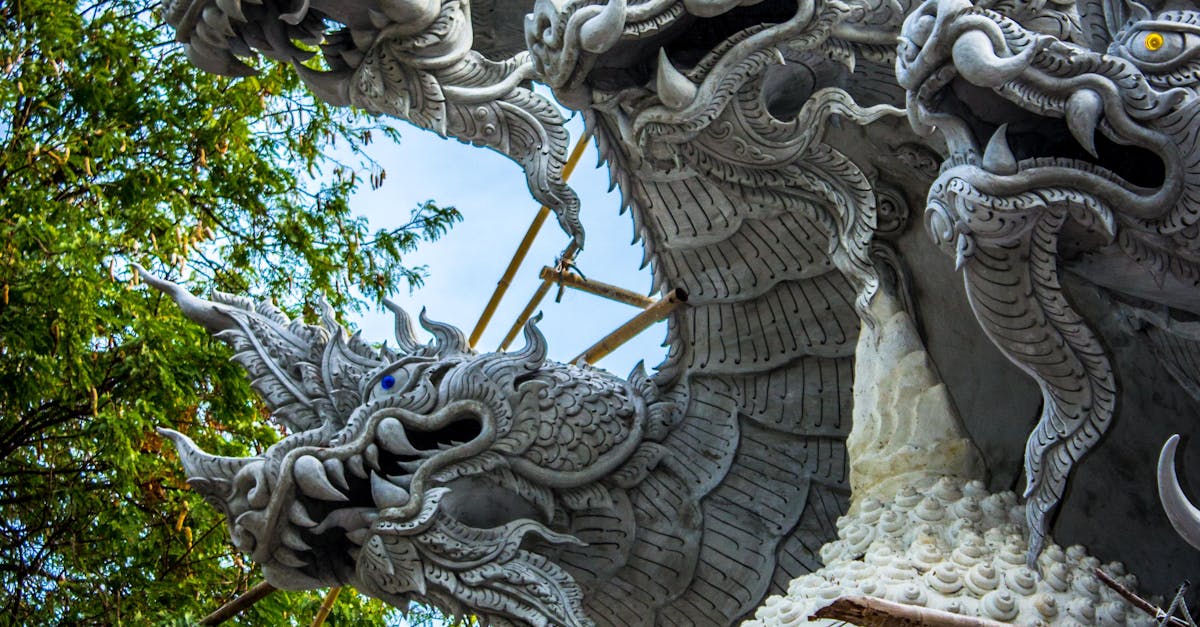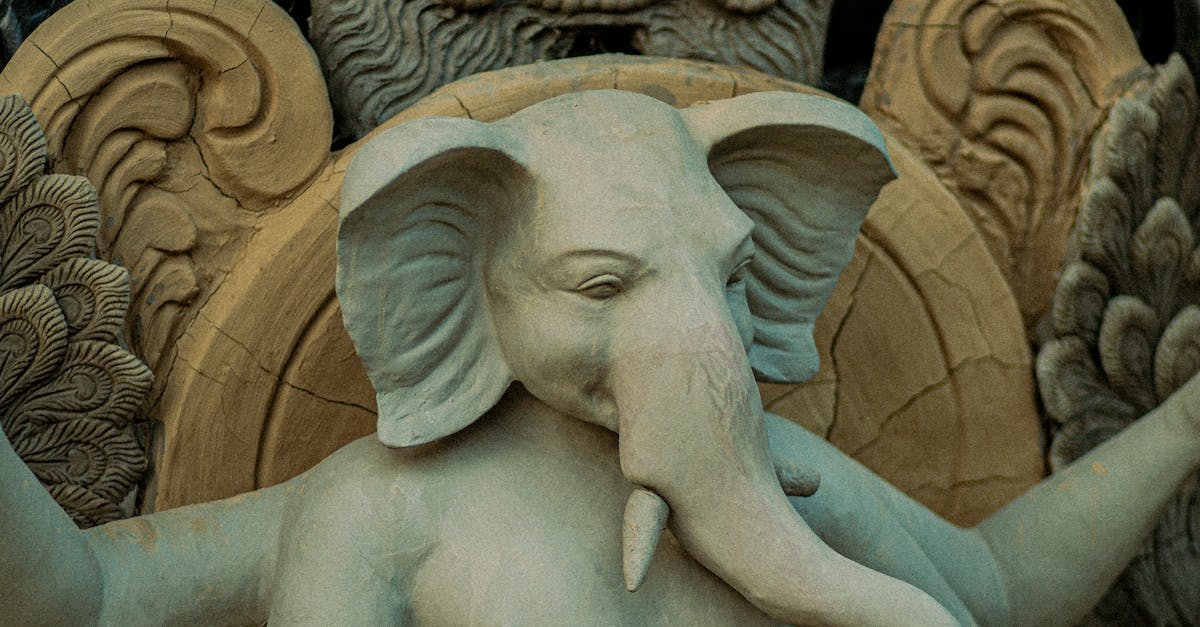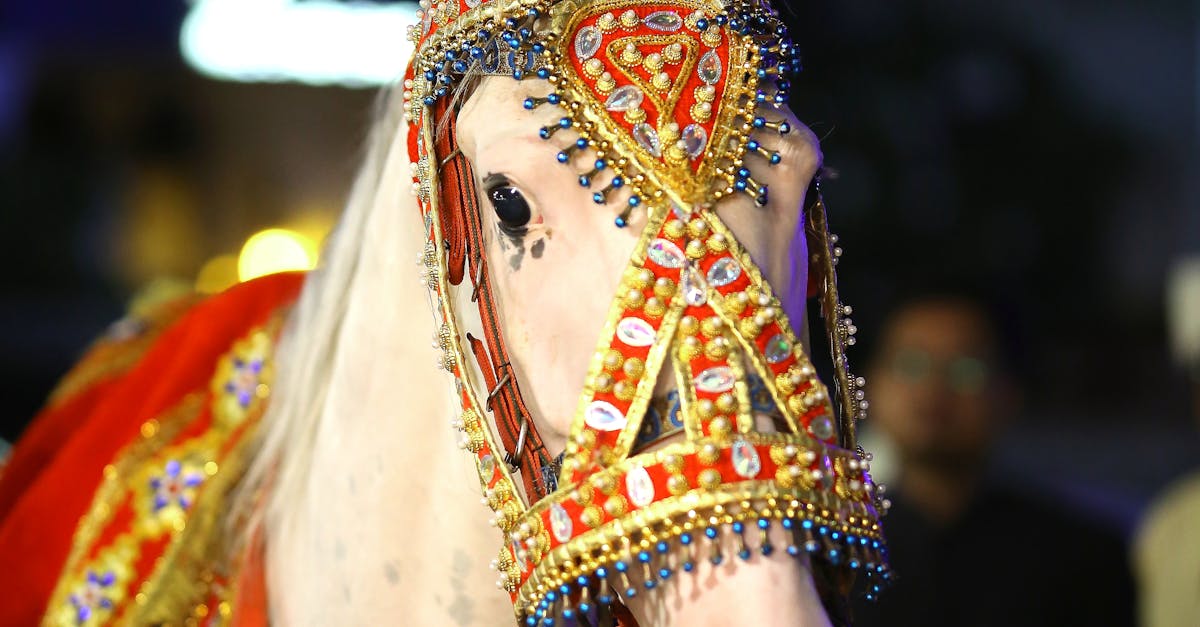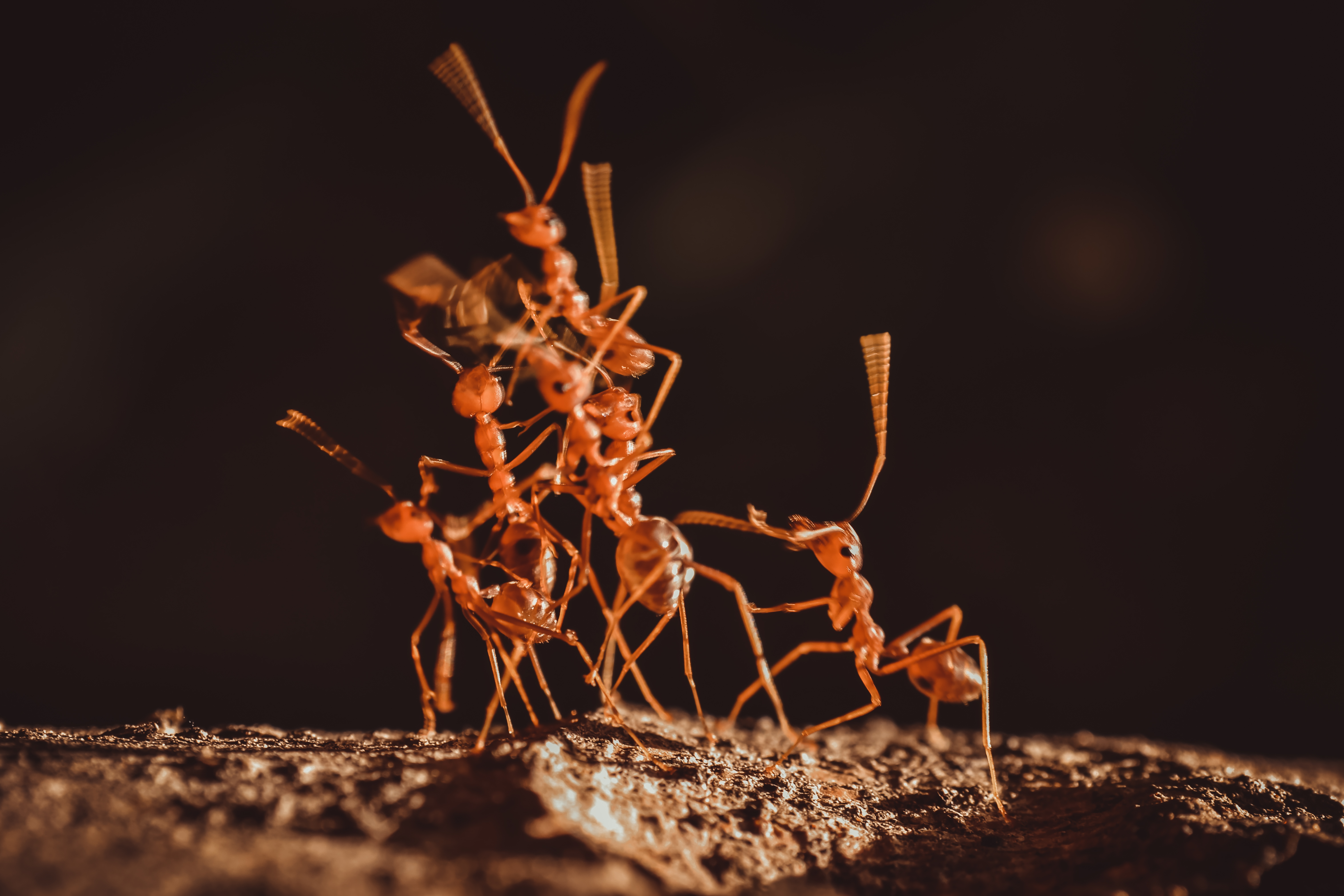Beyond Rudolph: 7 Amazing Animal Traditions from Around the World
Around the globe, animals have long played a pivotal role in cultural traditions and festive celebrations, often embodying deeper meanings or symbolizing unique aspects of human life and nature. While Rudolph the Red-Nosed Reindeer is a beloved figure in Western holiday lore, there exists a fascinating array of animal traditions worldwide that are equally enchanting and rich in cultural significance. These traditions not only highlight the diverse ways in which humans connect with the animal kingdom but also underscore the universal themes of respect, reverence, and celebration. In this exploration, we journey beyond Rudolph to uncover seven remarkable animal traditions that captivate and inspire.
The Naga: Serpent Guardians of Southeast Asia

In the lush landscapes of Southeast Asia, the Naga, a mythical serpent, is revered as a powerful guardian and a symbol of water and fertility. In countries like Thailand, Laos, and Cambodia, the Naga is celebrated through vibrant festivals and rituals, often involving elaborate parades and offerings at temples. The Naga's presence is deeply embedded in the region's folklore, where it is believed to bring rain and prosperity. During the annual Naga Fireball Festival along the Mekong River, mysterious glowing orbs rise from the water, a phenomenon attributed to the Naga's mystical powers. This tradition reflects the intricate relationship between humans and nature, emphasizing respect for the forces that sustain life.
The White Elephant: Sacred Symbolism in Thailand

In Thailand, the white elephant is a revered symbol of royal power and spiritual significance. These majestic creatures are considered sacred and are associated with the monarchy and religious ceremonies. The tradition of the white elephant dates back centuries, with historical records highlighting their role in Buddhist lore and royal processions. White elephants are believed to bring good fortune and are often depicted in art and literature. The annual Surin Elephant Round-up showcases these gentle giants in a spectacular display of strength and grace, celebrating their importance in Thai culture and the deep bond between humans and elephants.
The Tanuki: Japan's Mischievous Shape-Shifter

Japan's folklore is rich with tales of the Tanuki, a raccoon-dog known for its playful and mischievous nature. This mythical creature is celebrated for its ability to shape-shift and bring joy and laughter to those who encounter it. In Japanese culture, the Tanuki is often depicted with a jovial expression, large belly, and a straw hat, symbolizing prosperity and happiness. Festivals dedicated to the Tanuki, such as the Shigaraki Tanuki Festival, feature lively parades and artistic displays that honor the Tanuki's whimsical spirit. This tradition highlights the Japanese appreciation for humor and the belief in the magical qualities of the animal world.
The Cows of India: Honoring the Sacred Bovine

In India, cows are revered as sacred animals, embodying the nurturing and sustaining qualities of motherhood. The cow is a symbol of abundance and is deeply intertwined with Hindu religious practices and daily life. During the festival of Gopashtami, cows are adorned with colorful decorations and worshipped in elaborate ceremonies. This tradition reflects the profound respect for the cow's role in providing milk and sustenance, as well as its representation of the divine. The reverence for cows in India underscores the cultural emphasis on compassion and the interconnectedness of all living beings.
The Eagle: A Symbol of Freedom and Power in Native American Culture

For many Native American tribes, the eagle is a powerful symbol of freedom, strength, and spiritual connection. This majestic bird is often featured in rituals and ceremonies, where its feathers are used as sacred objects to bless and protect. The eagle's ability to soar high above the earth is seen as a link between the physical and spiritual worlds. Tribes such as the Lakota and Hopi hold eagle dances and festivals to honor this revered creature, celebrating its role as a messenger of the gods. The eagle's significance in Native American culture highlights the deep respect for nature and the spiritual lessons it imparts.
The Kermode Bear: Canada's Spirit Bear

In the remote rainforests of British Columbia, Canada, the Kermode bear, also known as the Spirit Bear, holds a special place in the traditions of the indigenous peoples. This rare white bear is considered sacred and is believed to possess supernatural powers. The Spirit Bear symbolizes peace and harmony, and its presence is celebrated through storytelling and art. Indigenous communities, such as the Tsimshian and Gitga'at, protect the Spirit Bear's habitat and incorporate its image into cultural ceremonies. The reverence for the Kermode bear underscores the importance of conservation and the spiritual connection between humans and wildlife.
The Camel: The Ship of the Desert in Middle Eastern Culture

In the arid deserts of the Middle East, the camel is revered as the "ship of the desert," a vital companion to the nomadic Bedouin tribes. Camels are celebrated for their endurance and adaptability, traits that have made them indispensable in desert life. Festivals such as the Al Dhafra Festival in the United Arab Emirates showcase camel beauty contests and races, highlighting the cultural and economic significance of these animals. The camel's role in Middle Eastern culture extends beyond practicality; it symbolizes resilience and the deep bond between humans and the harsh desert environment, illustrating the symbiotic relationship that sustains both.
The Universal Language of Animal Traditions

The exploration of these seven remarkable animal traditions reveals the profound ways in which animals are woven into the cultural fabric of societies around the world. Each tradition, whether rooted in mythology, spirituality, or daily life, reflects a universal theme of reverence and connection to the natural world. These traditions not only celebrate the unique qualities of each animal but also remind us of the shared values and beliefs that unite humanity. As we journey beyond Rudolph, we discover a rich tapestry of stories and customs that continue to inspire and enrich our understanding of the world and our place within it.







